First-ever modest wear exhibition to open doors
From burkinis to ball gowns and covered sportswear, Contemporary Muslim Fashions to kick off in the US
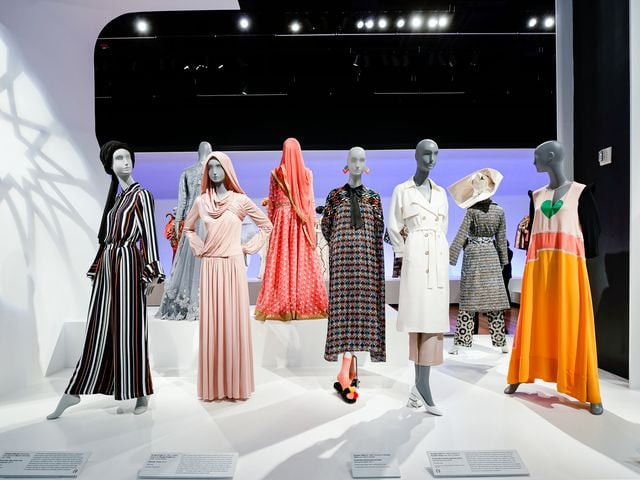
PHOTO: ELLE MAGAZINE
Modest fashion: How covering up is now considered fashionable
A new exhibit at the Fine Arts Museums of San Francisco aims to showcase all of the elements that make up modest fashion. Contemporary Muslim Fashions shows over 80 different ensembles, from burkinis to ball gowns to sportswear, created by both established and emerging designers from all over the world. Fine art photographs and social media installations line the walls of the exhibit to help illustrate the layered and complicated story of Muslim fashion, reported Elle magazine.
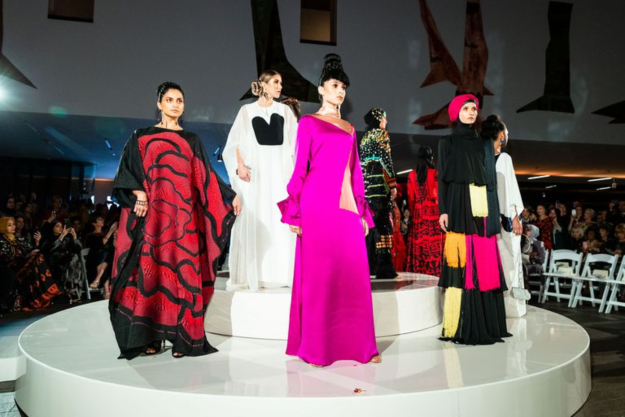 PHOTO: ELLE MAGAZINE
PHOTO: ELLE MAGAZINE“The modest fashion industry is estimated at $44 billion,” said professor Reina Lewis and author of Muslim Fashion: Contemporary Style Cultures who is the consulting curator for Contemporary Muslim Fashions. “It’s rising faster than other sectors. Muslims, globally, are a youthful and growing population and modest fashion is having a moment on the global catwalks."
Max Hollein, former director and CEO of the Fine Arts Museums of San Francisco, enlisted Lewis to join Jill D’Alessandro, Curator in Charge of Costume and Textile Arts and Laura L Camerlengo, Associate Curator of Costume and Textiles at the Fine Arts Museums of San Francisco, to curate this exhibit two years ago. They worked closely with the local Muslim community to solicit feedback on the project. For the title of the exhibit, the team emphasised the term fashions in the plural because the Muslim fashion world is often seen as a monolith.
 PHOTO: ELLE MAGAZINE
PHOTO: ELLE MAGAZINE“There are very many different ways Muslim culture and ancestry interpret their religion. So there are differences within the global Muslim community and there are stylistic differences,” said D’Alessandro. “For the exhibit, we couldn’t focus on all areas of the world, on all styles of dressing, so we really focused on the areas where designers are making and consumers are wearing highly fashionable modest garments.”
The exhibit will feature designers from Saudi Arabia, United Arab Emirates, Turkey, Indonesia and Malaysia—nations with a tremendous modest fashion scene. It will also display pieces by western designers that are inspired by Muslim culture, such as YSL, who frequently took inspiration from Marrakesh. Muslim-American designer Lisa Vogl's Verona Collection designs are also a part of the event.
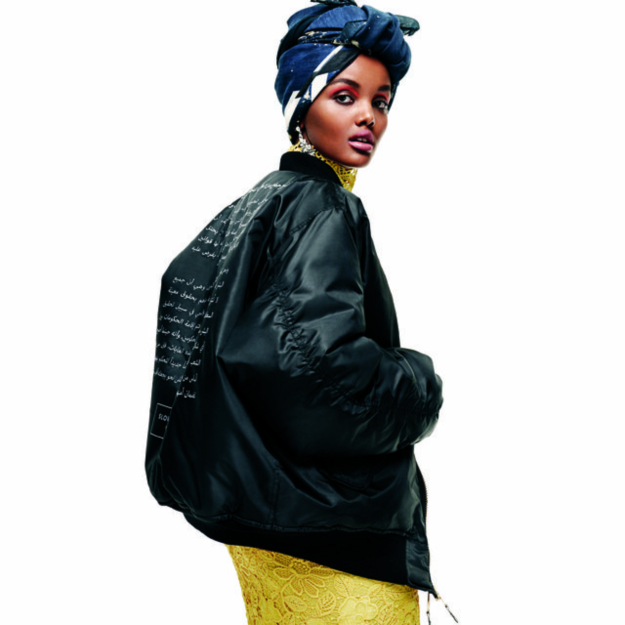 PHOTO: ELLE MAGAZINE
PHOTO: ELLE MAGAZINEOf course, high profile Middle Eastern women have been clients of couture houses for generations, whether it’s Dior or Oscar De La Renta—adding a panel here, sleeves there to fit their modest fashion guidelines while still participating in international trends. “Designers in Malaysia, for example, are starting to put pockets on dresses designed for Ramadan,” said Delassandro. “During Ramadan, adults carry candy and coins to give to children as gifts. Normally it’s the men in suit jackets that are giving out the candy, so this design says women have their own disposable income and can pass out treats and money.”
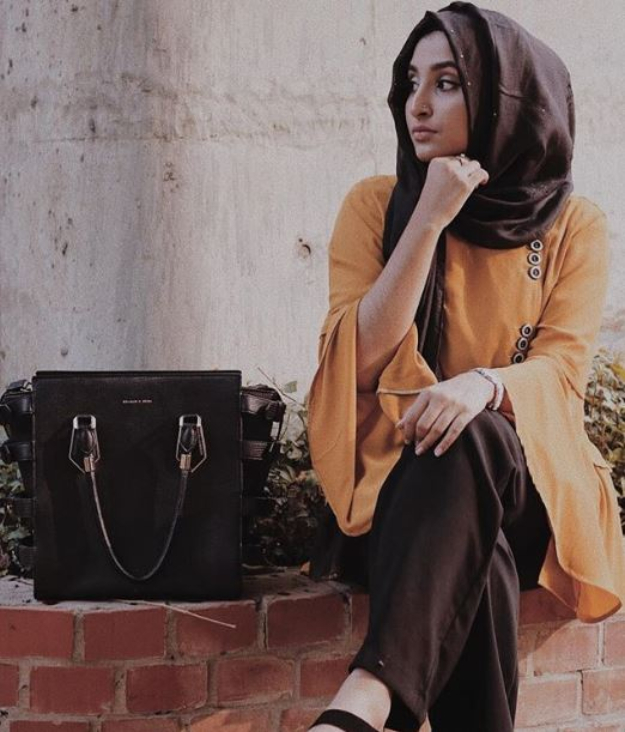 PHOTO: ELLE MAGAZINE
PHOTO: ELLE MAGAZINEAnd Muslim fashionistas no longer have to look solely to the west for high fashion inspiration. Smaller modest fashion markets are emerging in places such as Nigeria, Russia and Bangladesh. Social media is undoubtedly partially responsible for the explosion of modest fashion and Contemporary Muslim Fashions makes sure to acknowledge its role. “At every stage where fashion social media has developed, Muslim fashion commentators have been there all along but initially they were unnoticed by the mainstream fashion media,” Lewis said. “Now they are getting more attention from the global fashion industry.”
Modest fashion brand looks towards Pakistan
Through video installations and fine art photography, Contemporary Muslim Fashions highlights what a precious commodity identity is for Muslims, whether you live in a Muslim country that enforces modest dress codes or not.
Have something to add to the story? Share in the comments below.



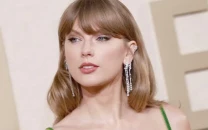














COMMENTS
Comments are moderated and generally will be posted if they are on-topic and not abusive.
For more information, please see our Comments FAQ